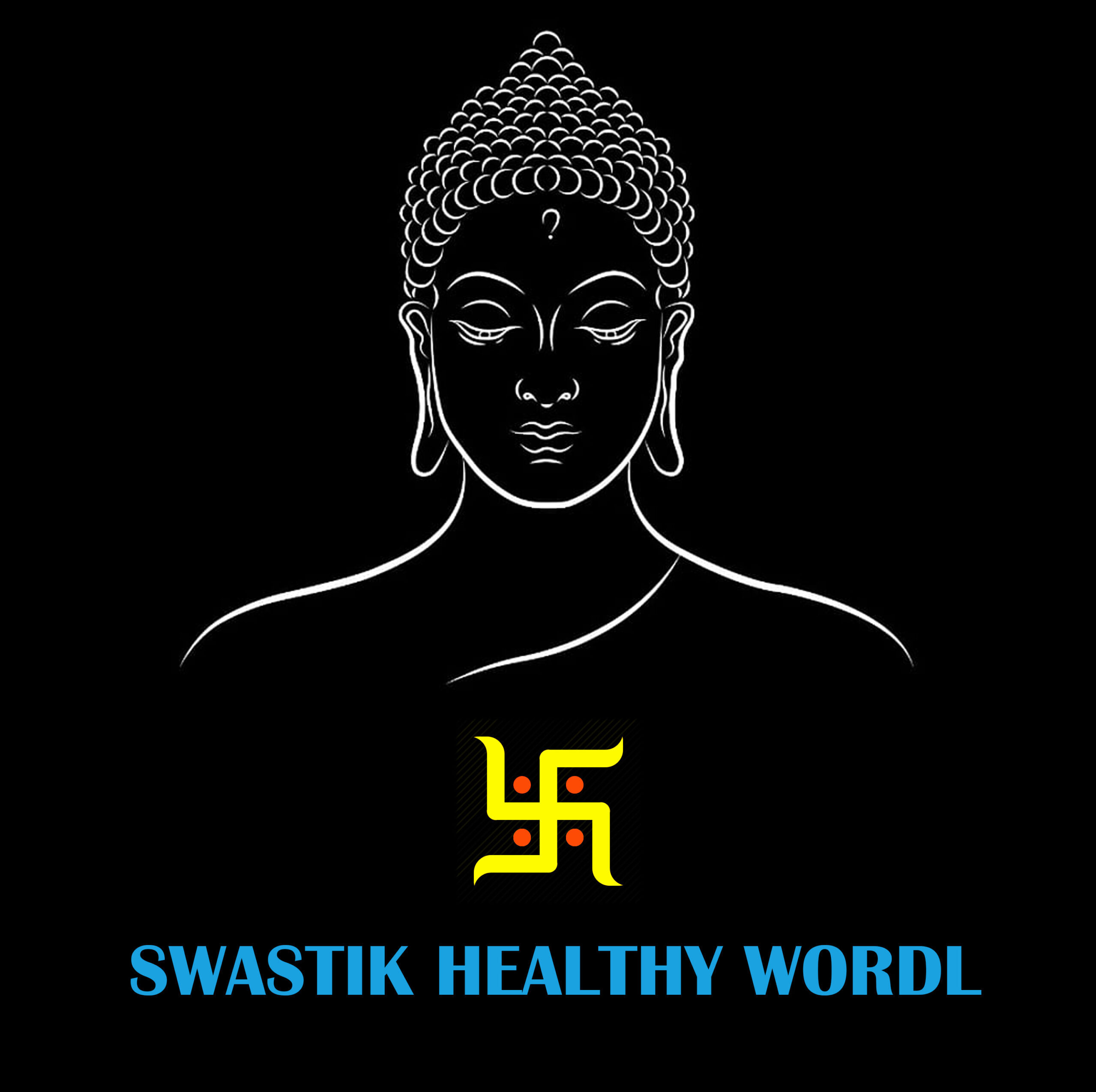Unlock the Power of Downward Dog Posture (Parvatasana): Steps, Benefits & Precautions

Downward Dog Posture, known in Sanskrit as Parvatasana or more commonly as Adho Mukha Svanasana, is one of the foundational yoga poses that appears frequently in sequences like Surya Namaskar and Vinyasa Flow. The name translates to “Mountain Pose” in some yoga traditions, symbolizing strength, stillness, and structure. This asana combines the qualities of grounding, stretching, and mental focus, making it a perfect all-rounder for beginners and advanced yoga practitioners alike.
In this article, we will explore:
-
How to perform Downward Dog correctly
-
The wide-ranging health benefits it offers
-
Cautions and modifications to keep your practice safe
How to Do Downward Dog Posture
To experience the full benefit of this posture, it’s important to move into it mindfully. Here’s a step-by-step guide to performing Downward Dog with proper alignment:
1. Starting Position:
-
Begin by kneeling on a yoga mat.
-
Place your palms on the mat, a few inches ahead of your shoulders.
-
Spread your fingers wide for better grip and support.
-
Ensure your wrists are aligned with your shoulders and your knees are aligned with your hips.
-
Your toes should point forward and rest on the mat behind you.
2. Entering the Pose:
-
Turn your toes inward and tuck them under your feet.
-
As you inhale, lift your knees off the floor.
-
Then raise your hips and buttocks up toward the ceiling, forming an inverted V-shape with your body.
-
Straighten your legs as much as your flexibility allows, and try to bring your heels closer to the ground (it’s okay if they don’t touch).
3. Positioning:
-
Keep your arms straight and strong, with your biceps rotating outward slightly.
-
Your head should naturally fall between your upper arms, with your ears aligned with your shoulders.
-
Press your hands and heels firmly into the mat to stabilize your body.
-
If you feel stiffness in your hamstrings or spine, you can slightly bend your knees for comfort.
4. Core Engagement:
-
Gently pull your belly inwards toward your spine to engage your core muscles.
-
This will help maintain balance and provide support to your lower back.
5. Breathing and Duration:
-
Once you are in the full pose, continue breathing deeply and steadily.
-
Hold the pose for 30 seconds to 1 minute, depending on your comfort and experience level.
-
To come out of the pose, exhale and gently lower your knees back to the mat and return to the kneeling position.
Benefits of Downward Dog Posture
Downward Dog is more than just a transition pose — it offers a multitude of physical and mental benefits. Practicing it regularly can bring harmony to your entire body.
1. Full-Body Stretch and Energy Boost
This asana stretches the spine, hamstrings, calves, shoulders, and hands. It rejuvenates the entire body by improving circulation, which helps in reducing fatigue and boosting energy levels.
2. Relieves Tension in the Spine and Lower Back
By elongating the spine and allowing gravity to decompress it, Downward Dog relieves pressure from the vertebrae. This helps in reducing lower back pain and tension built up due to poor posture or long sitting hours.
3. Reduces Stress and Calms the Mind
As your head is below the heart in this posture, blood flow to the brain increases, calming the nervous system. This can help reduce anxiety, mild depression, and mental fatigue.
4. Alleviates Various Ailments
Regular practice of this pose is known to help with:
-
Backaches
-
Insomnia
-
Mild headaches
-
Chronic fatigue
It also supports better digestion by activating abdominal organs.
5. Supports Healing in Specific Conditions
Practitioners have found this asana beneficial in managing:
-
High blood pressure: It helps in grounding the nervous system and reducing tension.
-
Asthma: The chest expansion in this pose encourages deep breathing.
-
Sciatica: The stretch provides relief by reducing pressure on the sciatic nerve.
-
Flat feet: The stretching action helps in strengthening the foot arches.
Precautions and Modifications
Although Downward Dog is generally safe, it is important to listen to your body and take the following precautions:
Avoid this pose if:
-
You are in the final stage of pregnancy.
-
You suffer from severe wrist pain or carpal tunnel syndrome.
-
You have uncontrolled high blood pressure or serious eye conditions like glaucoma.
Modify with Care if You Have:
-
Shoulder issues: Avoid overextending or straining the shoulders. It’s advisable to practice under the supervision of a certified yoga instructor.
-
Tight hamstrings or calves: Keep the knees slightly bent and use blocks under the hands or heels for support.
-
Wrist discomfort: You can roll a towel under the wrists or use yoga wedges to reduce the angle of pressure.
Tips for Beginners
If you’re just starting out, Downward Dog may feel challenging at first — and that’s completely normal. Here are a few tips to help ease your practice:
-
Warm up with basic stretches before attempting this pose.
-
Use props like yoga blocks or a wall to support your hands or feet if needed.
-
Don’t force your heels to touch the ground — with consistent practice, flexibility will improve naturally.
-
Focus on breathing — Deep, controlled breathing enhances relaxation and keeps the body steady.
Conclusion: Strengthen, Stretch, and Soothe
Downward Dog is much more than a yoga pose — it’s a pause, a reset, a grounding moment in your day. It strengthens the arms and legs, stretches the spine, calms the mind, and prepares the body for deeper yoga postures. With consistent practice, it becomes a place of comfort and strength — whether you’re starting your day, cooling down after a workout, or simply needing a moment of peace.
Incorporate this asana into your daily yoga routine, and over time, you’ll likely notice improved flexibility, better posture, reduced stress, and a more balanced mind.
